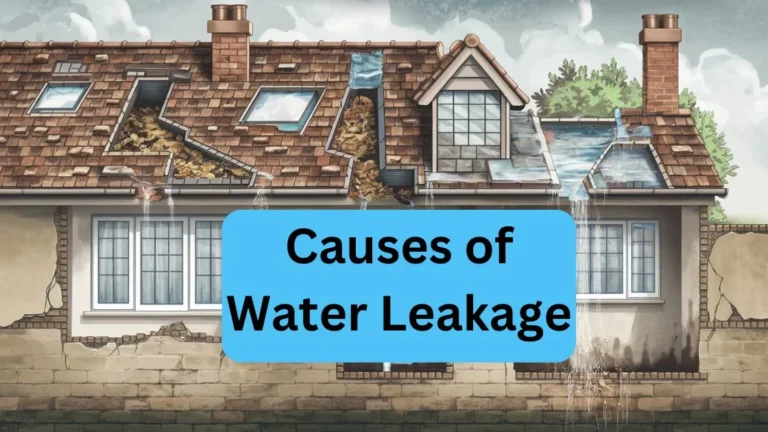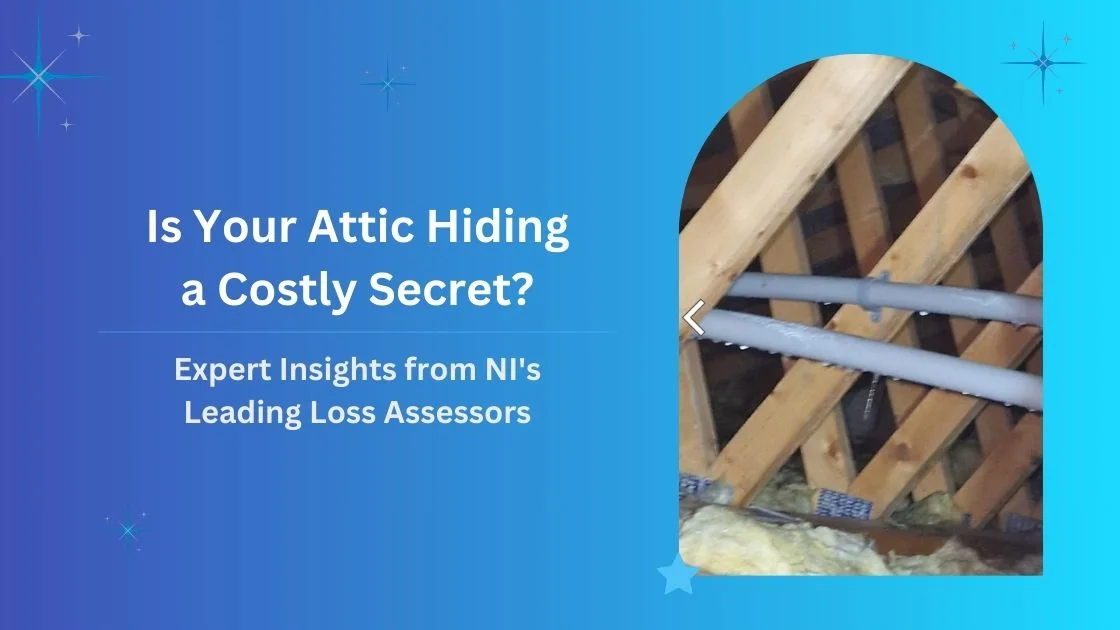Water leakage and structural issues can lead to significant damage if not addressed promptly. Fortunately, there are practical solutions available to tackle these problems effectively. In this article, we explore various strategies for managing water leaks and carrying out necessary structural repairs, helping you protect your home and maintain its integrity.
Key Takeaways
- Regular visual inspections and moisture measurements help detect early signs of water leaks before they escalate into larger issues.
- Implement effective repair techniques, such as sealing cracks and replacing damaged pipes, to promptly address the source of leaks.
- Use quality materials for repairs to ensure long-lasting solutions and avoid future water damage.
- Consider hiring professionals for complex leak issues, as they possess specialised tools and expertise for safe and effective repairs.
- Practise preventative maintenance, including routine checks and proper insulation of pipes, to reduce the risk of future leaks.
Causes of Water Leakage
Water leakage in buildings is often the result of multiple interrelated factors that compromise structural integrity.
Poor construction practices, such as the use of substandard materials and inadequate techniques, greatly increase the risks of water penetration. Design flaws, including improper slopes and insufficient drainage systems, exacerbate these vulnerabilities, necessitating effective waterproofing measures during construction.
Furthermore, plumbing issues often stem from low material quality, which can lead to wear and tear, further complicating water management.
Roof damage, whether from weather deterioration or mechanical impact, allows for seepage into walls, underscoring the need for regular maintenance.
Strategies for Detection
Effective detection of water leakage is vital in preventing further structural damage.
Employing regular visual inspection techniques can reveal early signs such as damp patches and water stains, while professional leak detection tools offer advanced methods for identifying concealed leaks.
Visual Inspection Techniques
A thorough visual inspection serves as the initial line of defence against potential water damage and structural issues within a building. Establishing a regular inspection frequency is essential; ideally, monthly checks should be performed.
Create an inspection checklist that includes examining damp patches, water stains, and mould on walls and ceilings—indicators of hidden leaks. Pay special attention to plumbing fixtures, where leaks commonly occur, and inspect for peeling paint or warped materials.
Furthermore, assess exterior walls and roofs for cracks or gaps that could allow water intrusion, particularly after heavy rainfall or snow.
Professional Leak Detection Tools
In the realm of identifying hidden water leaks, utilising professional leak detection tools can make all the difference.
These advanced technologies not only save time but also reduce costs associated with repairs.
Here are four effective strategies:
- Thermal Imaging: This tool detects temperature variations in walls and ceilings, revealing hidden leaks without invasive measures.
- Acoustic Detection: Using sound frequencies, this method pinpoints leaks in pipes, ideal for concealed locations.
- Moisture Meters: These devices measure moisture content in materials, helping to assess water damage and leak sources accurately.
- Dye Testing: By introducing a non-toxic dye into plumbing systems, professionals can clearly identify leak locations.
Embracing these tools fosters a sense of community among homeowners, ensuring everyone enjoys a secure, leak-free environment.
Resolving Water Leakage Issues
Identifying and addressing water leakage issues is paramount for maintaining the integrity of any structure. A thorough leak assessment is essential to pinpoint the source of moisture intrusion, whether it stems from plumbing fixtures, roof areas, or gaps around windows and doors.
Effective repairs should encompass fixing identified leaks, replacing damaged pipes, and enhancing equipment to avert future complications. Furthermore, sealing cracks and gaps with quality sealants can greatly bolster moisture control, safeguarding the structure’s longevity.
Improving drainage systems through the installation of drains and gutters further mitigates water accumulation, particularly in basements. Ultimately, implementing waterproofing measures, such as coatings and membranes on vulnerable areas, is crucial for ensuring lasting protection against water intrusion and preserving the building’s integrity.
Importance of Timely Repairs
Promptly addressing water leaks is vital not only for maintaining structural integrity but also for safeguarding the overall health of a building. Delaying repairs can lead to severe consequences, including:
- Impact of water leaks on structures: Significant structural damage, compromising foundations and walls.
- Increased water bills; leaks can waste thousands of gallons annually, costing homeowners up to 10% more.
- Health risks from mould and mildew, which can develop within 24 to 48 hours.
- Heightened repair costs, averaging between £1,000 to £5,000, highlighting the financial impact of neglect.
Timely repairs not only preserve the physical structure but also ensure a healthy, cost-effective living environment.
Addressing issues immediately fosters a sense of belonging within your home, enhancing overall well-being for all inhabitants.
Signs Indicating Water Leaks
Numerous signs can indicate the presence of water leaks within a property, often manifesting in both visible and subtle ways. Homeowners should be vigilant for unexplained increases in water bills, which may suggest hidden leaks.
Damp or discoloured walls and ceilings, along with peeling paint, are clear indicators of moisture intrusion. Moreover, mould or mildew growth signals ongoing leakage, posing health risks if neglected.
Listening for dripping or flowing sounds when appliances are off can reveal concealed leaks, especially during quiet moments. Ultimately, puddles or pooling water around fixtures or in the garden are critical signs that plumbing issues require immediate attention.
Recognising these signs is essential for effective leak prevention and moisture control, safeguarding both property and health.
Effective Repair Techniques
Understanding the nuances of effective repair techniques is essential for homeowners facing water leakage issues. By implementing the right methods, you can guarantee long-lasting solutions that protect your home.
Here are four key steps to take into account:
- Identify the Source: Pinpointing the leak’s origin is critical for targeted repairs.
- Use Quality Repair Materials: Opt for high-quality sealants and materials, such as plumber’s tape and waterproof coatings.
- Employ Proper Sealing Techniques: Apply specific techniques like replacing faulty washers for taps or employing epoxy for pipe cracks.
- Monitor Repairs: After repairs, keep an eye on the affected areas to catch any signs of recurring leaks.
These strategies not only safeguard your home but also foster a sense of belonging in a community that values proactive home maintenance.
DIY Repair Tips
In relation to tackling water leakage issues, many homeowners find that DIY repairs can be both satisfying and cost-effective.
For faucet repair, replacing worn-out rubber washers is a straightforward task; a simple screwdriver and a replacement kit from your local hardware store can restore functionality and save water.
Regarding toilet maintenance, conducting a dye test with food colouring can quickly reveal leaks—if the colour seeps into the bowl, replacing the flapper valve is vital to curb water waste.
Furthermore, sealing leaky pipe joints with plumber’s tape guarantees a tight fit, while inspecting washing machine hoses for damage can prevent potential flooding. Find out more about effective pipe leak repairs.
Regular inspections of plumbing areas can further safeguard against future leaks and costly repairs.
When to Hire Professionals
Water damage can silently wreak havoc within a home, often hidden behind walls or beneath floors. Recognising when to hire professionals is essential for effective leak assessment and repair.
Consider these scenarios:
- Inaccessible Leaks: If the leak is located in hard-to-reach areas, specialised tools are required for accurate detection and repair.
- Persistent Issues: A leak that continues after DIY attempts signals the need for professional intervention to avoid further structural damage.
- Complex Situations: Leaks involving multiple plumbing systems or significant structural damage necessitate professional expertise for safe resolution.
- Guaranteed Work: Engaging professionals often includes warranties, providing peace of mind regarding repair costs and long-term reliability.
Trusting experts ensures your home is protected against future water damage.
Preventative Maintenance Practices
Recognising the importance of preventative maintenance practices is essential for safeguarding your home against water damage. Conducting routine checks on plumbing fixtures, such as taps and toilets, at least once a year can help identify minor leaks before they escalate.
Maintaining water pressure between 40-60 psi not only reduces the risk of leaks but also extends the lifespan of your plumbing system. Insulating exposed pipes in unheated areas is vital during colder months to prevent freezing.
Moreover, employing drain strainers and keeping gutters clear can avert clogs that lead to overflow and structural damage. Ultimately, fostering household education on the signs of leaks encourages proactive reporting, ensuring timely maintenance actions that protect your home and enhance community resilience.
Struggling with a complex water leak?
Don’t leave it to chance—our expert team has the specialised tools and skills to diagnose and fix even the most challenging leak issues. From identifying hidden leaks to performing safe, effective structural repairs, we ensure your property stays protected and damage-free.
Let the professionals handle it—schedule your leak assessment and repair service today for fast, reliable solutions that stand the test of time.
P.S. A quick fix won’t solve a complex leak. Trust our expertise for long-term peace of mind. Contact us now for a professional inspection and repair.



